The World Of Bengali Fictional Detectives
Sandip Banerjee & Swapnil Banerjee
Imagine this sight. It is 7PM in the evening on a weekday. A teenage school student is found completely engrossed with the story of either Byomkesh or Feluda, curled up in a corner trying to swallow the plot of the story while trying his or her best to escape the attention of their parents, lest they be chided for not reading their text books. Sounds familiar, doesn’t it? Our childhood days bask in such pleasures. And a gentle reminder about those stories immediately transports us into a world of nostalgia where the past lingers with the present.
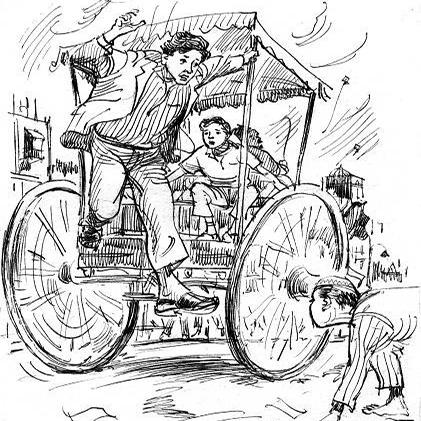
Since inception of the human civilization, crime and criminal activities have been extant. The human mind hovers on the border of righteousness and on certain response or stimuli leans towards nefarious conduct which are malign and condemnable. It is for this reason we need policing, not just externally but also internally. When the order of legality fails, the human society needs justice to prevail on those who have been subjected to atrocities. In such instances, investigation of the crime plays a crucial role in order to identify the guilty and bring them to justice. And while doing so, along with the police force and their detectives, we often find a band of people whom we refer to as ‘Private Investigators’.
Private investigators are individuals who work on their own, sometimes even collaborating with the police force. Their methods are mostly unconventional and they are more like freelancers who are engaged by a party especially in those cases which are meant to be kept away from the public eye. Since mystery always tend to captivate the imagination of the mass, stories based on mystery and on art of detection gather popularity. In literature, as they are in real lives, such stories attract the common lot. Therefore we find an interesting group whom we call ‘Fictional Detectives.’ These are protagonists of detective stories, churned out of imagination; the characters themselves do not have any direct resemblance with real identities and yet they are realistic; palpable in our living.
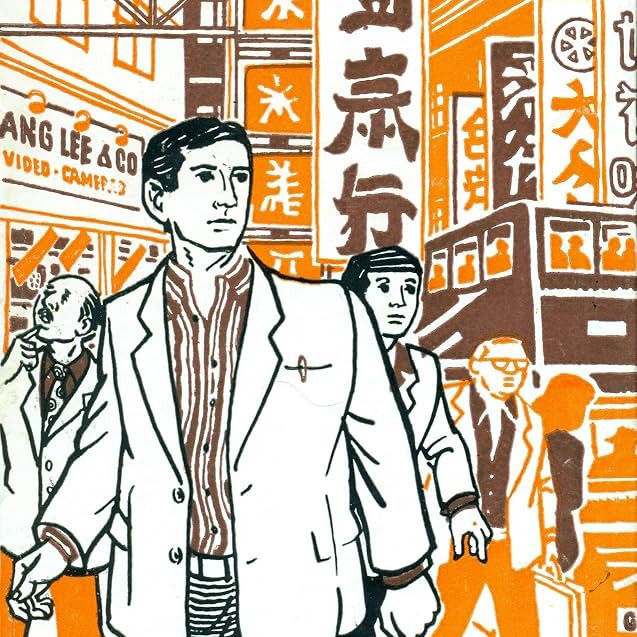
When we think about fictional detectives, the European names naturally first comes to our mind, starting from characters like Father Brown to Sherlock Holmes, Hercule Poirot to Miss Marple and even James Bond in that sense. But along with these European detectives, we also have in the Bengali language a substantial volume of stories, featuring detectives who have been part of our daily routine of eating and sleeping. Feluda, Byomkesh, Kiriti, Kakabau and so many others occupy large volumes in our study and we keep on reading them several times. The popularity of these figures has prompted many film makers to frame plots on these detective stories. Even modern readers or movie goers cannot escape the thrill of these tales. The first crime chronicle in the Bengali language was written by the famous Bengali detective Priyanath Mukhopadhyay who was a detective during the era of the British Raj, working as inspector between 1878 and 1911. He chronicled some noteworthy cases in Bengal’s first crime magazine ‘Daragar Daptar’.
Legend has it that Sagarmoy Ghosh, the eminent columnist and the former Editor of the esteemed journal ‘Desh’, once suggested to Satyajit Ray to write detective stories. Whether Ray obliged Sagarmoy Ghosh or not is matter of discussion but eventually we were gifted with Feluda, or Pradosh Chandra Mitter, the renowned Bengali fictional detective character created by the Master himself. To many of our generation, Feluda is the most popular Bengali fictional detective character. A man with an all pervasive knowledge, Feluda is perhaps the most modern of all Bengali fictional detectives. He is someone who has lot of similarities with western fictional detectives. However, he has garnered both criticisms and compliments. Critics argue that Feluda’s character lacks complexity, with his deductions often being predictable and formulaic. Furthermore, they highlight the limited development of his character over time, as he remains largely unchanged, missing the opportunity for growth. Some find Feluda’s extraordinary abilities and impeccable deductions to be unrealistic, occasionally straining believability. Additionally, his perceived invincibility and lack of vulnerability can create a sense of detachment between the character and the audience. His stories lack a strong female character although Ray did not appear to be male chauvinist.
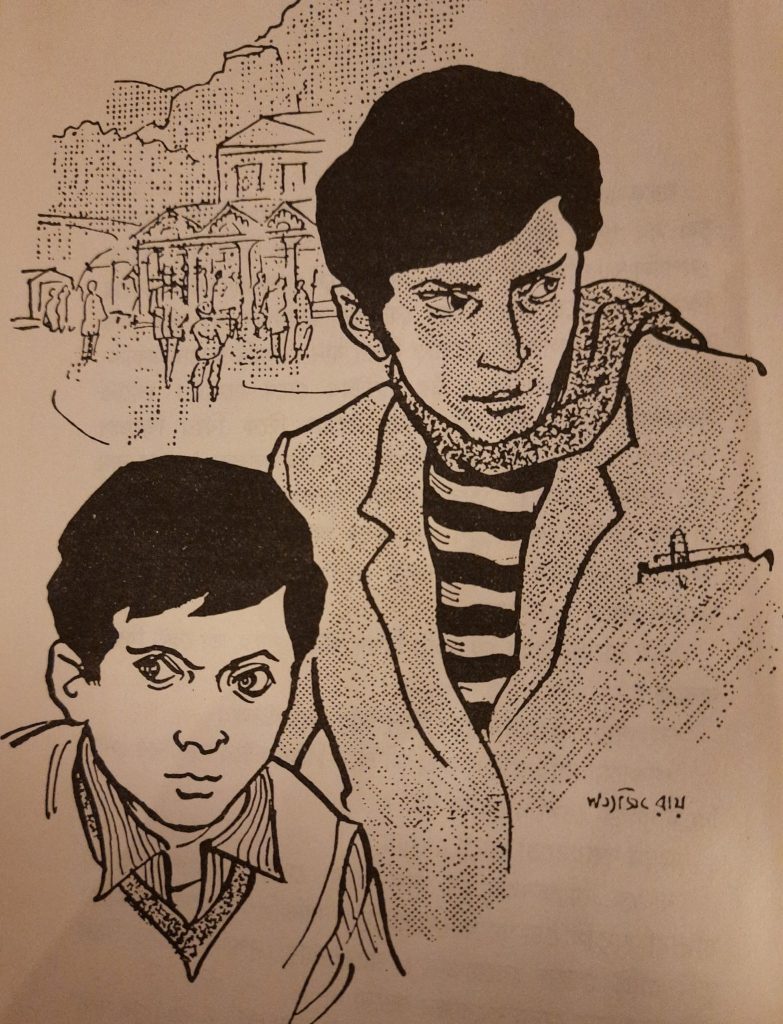
On the other hand Feluda has received significant praise for his meticulous deductive skills, enamouring many with his sharp intellect, keen observation, and analytical reasoning. Satyajit Ray’s engaging storytelling has brought Feluda’s adventures to life, incorporating local culture and capturing the essence of Kolkata, which resonates with readers and viewers. Feluda has also become a cultural representation for Bengalis, embodying their literature, language, and values, fostering a strong sense of pride and identity. His strong moral compass and unwavering commitment to justice make him an inspiring role model for many. Additionally, the memorable supporting cast of characters, including his cousin Topshe and the incomparable Jatayu, or Lalmohan Ganguly adds to the series’ appeal. Moreover, the iconic adaptations of Feluda’s stories, particularly by Satyajit Ray himself, have received critical acclaim, further contributing to the character’s enduring popularity.
Ultimately, the question of whether Feluda deserves the rank attributed to him is subjective. While critics point out flaws in his character and storytelling, admirers appreciate his timeless charm, cultural significance, and lasting legacy. It is the interplay of both criticisms and compliments that enriches the multifaceted world of the Bengali detective, arresting audiences for generations. Feluda stories have been great sources of general knowledge for example in ‘Tintoretor Jishu’ Ray explains the meaning of the name Hong Kong or in ‘Gorosthane Sabdhan’ a wonderful analogy is drawn referring to some facts related to the murders of two U.S Presidents, Abraham Lincoln and John F. Kennedy. The story telling art of Ray is colloquial having exemplary effect as Feluda emerges to be a friend, philosopher and guide to Lalmohan Babu and Topshe. However, both of them are rectified at times as we find with Jatayu in Sonar Kella. The villains that Feluda encounter are mostly urbanised ranging from entrepreneurs to fortune –tellers to magicians.
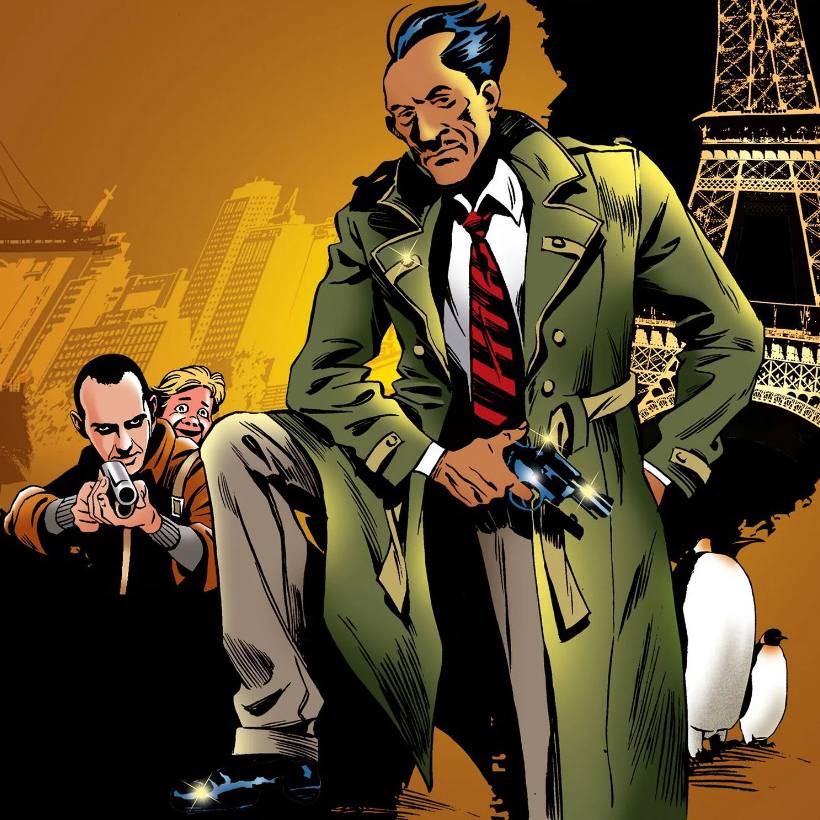
When Saradindu Bandyopadhyay, the creator of the famous character of Byomkesh Bakshi figured out his sleuth, it was a different approach to detection of crime. We have to bear in mind that Saradindu was not just a detective story writer; he was a literary figure composing novels and other forms of prose work. Saradindu’s Byomkesh does not introduce himself as an investigator; rather he is ‘Satyaneswi’ or seeker of truth. A dhoti-punjabi clad Bengali, Byomkesh has a razor like brain that can cut through things impenetrable to others. The time span of Byomkesh stories is pretty long, more than forty years, ranging from late 1920s to early 1970s, from the residence of Mahatma Gandhi Road to Keyatala Lane. We witness different nuances of Colonial Calcutta, slowly progressing towards post-independence era with the city changing not only in landscape but also in disposition. Byomkesh stories are certainly one of the matured crime thrillers that one can find anywhere. The diction, the language, the expressions –all are more literary than literal. The character of Ajit as a friend-cum chronicler and Satyabati as the patient, tolerant wife, ready to bear her husband’s profession, gives us a kind of decent homeliness that the author found during his days. Holmes is not married, Poirot is also not, neither is Feluda or Kakababu but Byomkesh is. His marital life is however, no stumbling block to his professional expertise.
The world of Byomkesh is a complex world of crime where the darker sensibilities of human mind are meticulously portrayed. In every respect Byomkesh stories are more matured in content as well as for reception. Saradindu’s depiction of the human psyche is commendable. The suave and the confidence underlying the character of Byomkesh denotes an investigator who is not just busy in analyzing by the power of his deduction but also busy in studying the dimensions of crime and their social connection in the geo-political perspective as in stories like ‘Satyaneswi’ and ‘Amriter Mrityu’ or ‘Magna Mainakh’. We must note that Byomkesh’s Calcutta was a global city. Byomkesh is exceptionally noted for his knowledge in forensic science and understanding of human relationships because in the world of Byomkesh women play significant roles, even in the incidents leading up to the crime that are mostly murders.
Kiriti Roy created by Dr. Nihar Ranjan Gupta is introduced as six and a half feet tall, fair and stout. His curled hair is mostly combed backwards, and the black celluloid spectacles make his clean –shaven face highly attractive. He is a dynamic figure with his tall stature and pipe that reminds us of Sherlock Holmes. He has Subrata, his comrade-in –arms, ever ready to accompany his famous friend wherever he goes. Kiriti is also relying on his keen observation and consequent analysis. In one of his famous cases, ‘Kalo Bhromor’, Kiriti falls in love with Krishna Mehta which eventually ends up in marriage as shown in the tale ‘Holud Shaitan’. Kiriti is more the Holmes type with his constant movement. He also engages himself in detection of case related to national issues. His indulgence for over-coat makes him anglicized in attire.
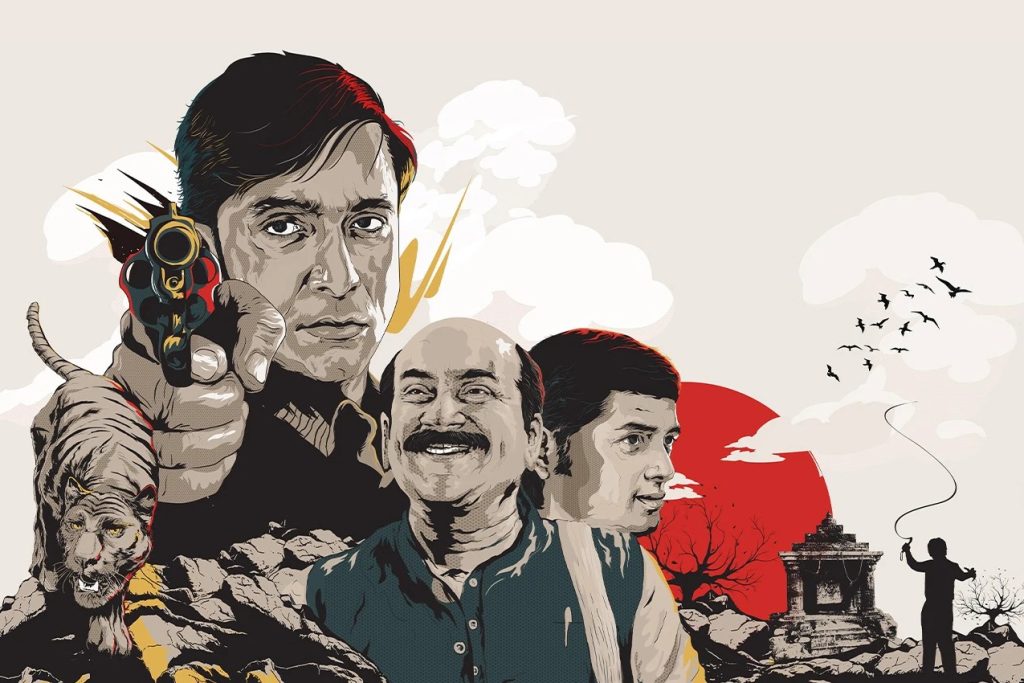
Yet another Bengali fictional detective character is that of Kakababu created by Sunil Gangopadhyay. Raja Roychowdhury, more popularly known as Kakababu is lame in one foot but undertakes heroic adventures along with his nephew Santu. Kakababu travels all over the world in stories like ‘Mishar Rahassya’, ‘Yeti Abhijan’ and ‘Jangaler Modhye Ek Hotel’. He is a former CBI employee and often takes up matters of national importance. His uniqueness lies in his steel like nerves and quick response that helps him to overcome his physical impediment. He is extremely methodical and follows his own teaching to Santu that everything must be driven by logic.
There are other Bengali fictional detective characters too like Ghanada created by Premendra Mitra or Samaresh Basu’s child sleuth Goenda Gogol which may not be as popular as the ones mentioned earlier but still enjoy a modest following. The enduring popularity of all the Bengali fictional detectives account for the popularity of the movies sketched on them. Today in the age of digital revolution when web series are becoming very popular, fictional characters like Eken babu have also started attracting a lot of admiration. It is the admiration for all these Bengali fictional detective characters combined that has kept that teenage student in us alive forever.
